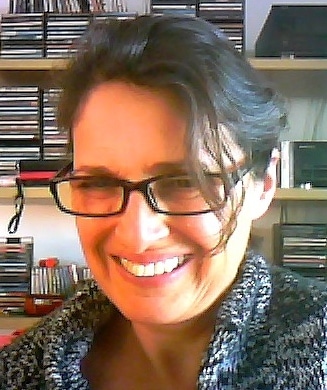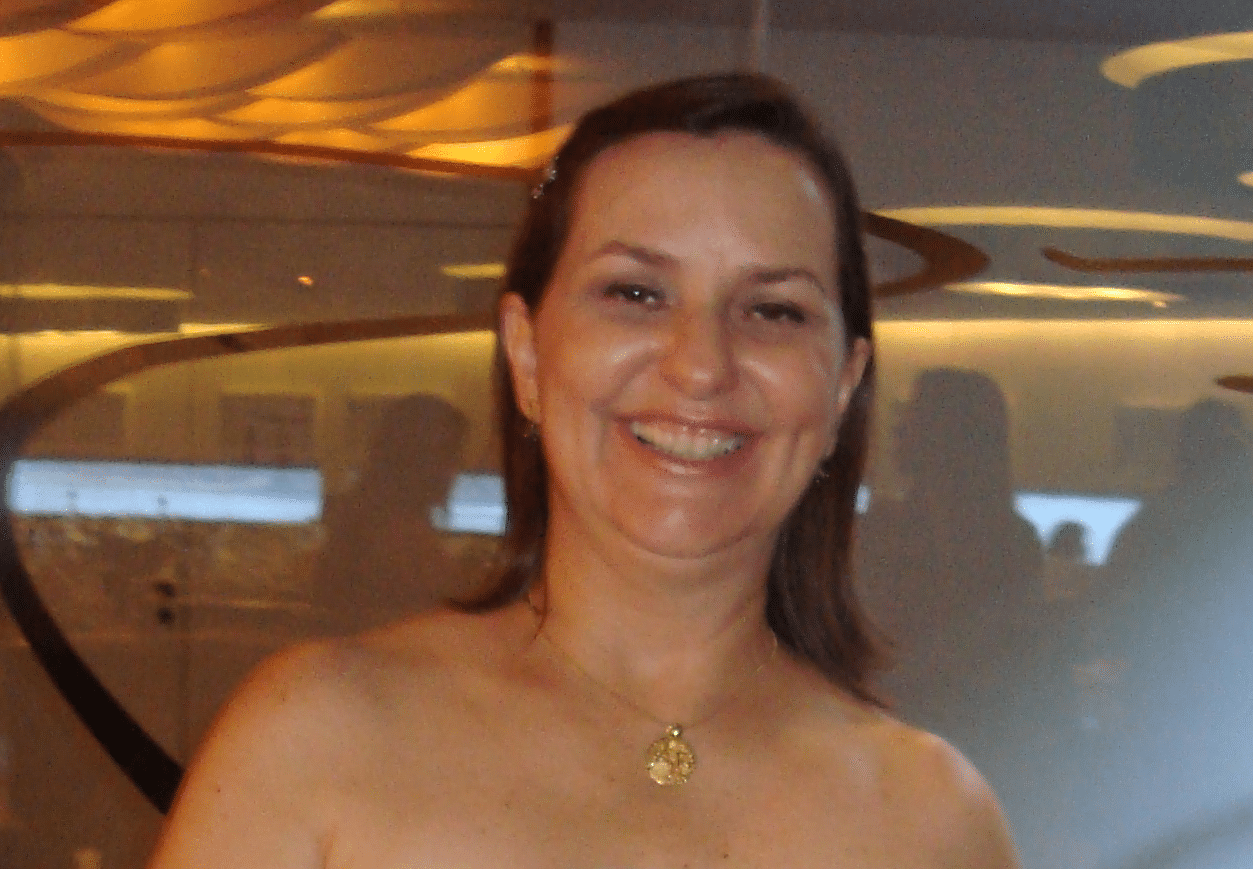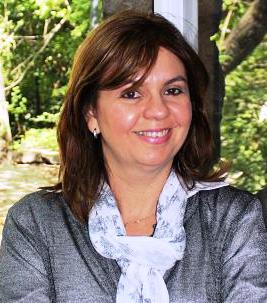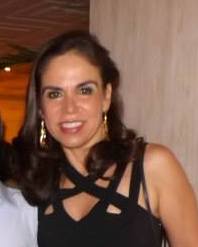Picture this
Usually in my posts I like to share a lesson plan based on a special occasion. This time it’s the special occasion that has inspired my post!
Last week I was following the 14th Braz TESOL conference from afar, through facebook updates, blog posts and shared images of João de Pessoa. It really looked like a great event and I felt envious of all the lucky conference goers who were there! But social media meant that I didn’t feel that far away. I’d like to share a couple of images from the conference that inspired me to write about this activity.
The activity starts with a close-up. It needs to be a close-up taken standing up and looking down. You might want to try doing that right now! Stand up, imagine you’re holding your phone in your hands and “take” a photo. This is the kind of photo we need.
And this is the photo that my Brazilian friend, Catarina Pontes, one of the wonderful team of academic coordinators at Cultura Inglesa in São Paulo, shared with me (thank you Catarina for letting me use it here!)
When I first saw it, I thought it was a painting in an art gallery. I loved the shades of grey and the movement in the lines. I love the way it makes you tilt your head from side to side to get different perspectives. And then I looked closer and I saw that it wasn’t a painting after all, it was paving stones. And this made me curious about the setting.
It’s this reaction that I try to emulate in this classroom activity. I show a photo similar to Catarina’s, though usually taken in the students’ home town, one that they’ll be able to identify and place. My first questions when I show the photo are about the image itself: Do you like it? What do you first notice about it? Then I ask them where they think it was taken. In my case, I didn’t know, but I could guess. Looking closer I saw the form of the tiles. I guessed it must have been somewhere in João Pessoa. Sharing a local photo with my students, after looking a little closer, they know exactly where it was taken.
The next step is to ask the students to do what I invited you to do earlier in the post: stand up, place themselves in the position of the photographer when they took the photo, ie, camera pointing downwards, looking at the floor. When everyone is in position, I ask them to “lift” the camera and place it, at arm’s length, directly in front of them (they can do this with their phones in their hands or just imagine). When everyone is in that position I ask them to remember where the original photo was taken and to imagine that they are in the same place and taking a second photo from this new position. I then ask them to discuss, in pairs or groups, what they can see in this second, imagined, photo. This discussion brings up a lot of interesting language and vocabulary. It’s a great opportunity to help students with emergent language and to scaffold the follow-up tasks.
There are a number of possible follow-up tasks. Originally I used this activity to lead into a discussion of the place we were talking about: when they went there, who they went with, what they did there. After talking about this and generating ideas about the place (it’s a park where lots of people of all ages like to go at different times of day), the students wrote a short descriptive text to post to a travel website such as tripadvisor. We actually looked to see if anyone else had written about the same place. And they had! It was great. The students were able to compare their descriptions with the one we found online.
Of course, with Catarina’s photo, I had no local knowledge, so I could only guess what the surroundings might be. This, of course, is a good variation for class as well. Students make predictions about the place and then see the bigger picture. Here’s Catarina’s bigger picture:
Another possible follow-up for this activity is to ask students to place people in the scene. In this case, I would obviously people it with BrazTESOL conference-goers, happily walking to or from the conference venue. We talk about what the people are doing, and then we enter the scene, move quietly up to one of the groups of people and eavesdrop on their conversation. We imagine what they might be talking about, we act out their conversations, we write scripts and share them. It brings the place to life in the classroom. If you were at the conference last week, I’m sure you can remember some of those conversations right now!
Thanks again, Catarina, for the photos and the inspiration 🙂







